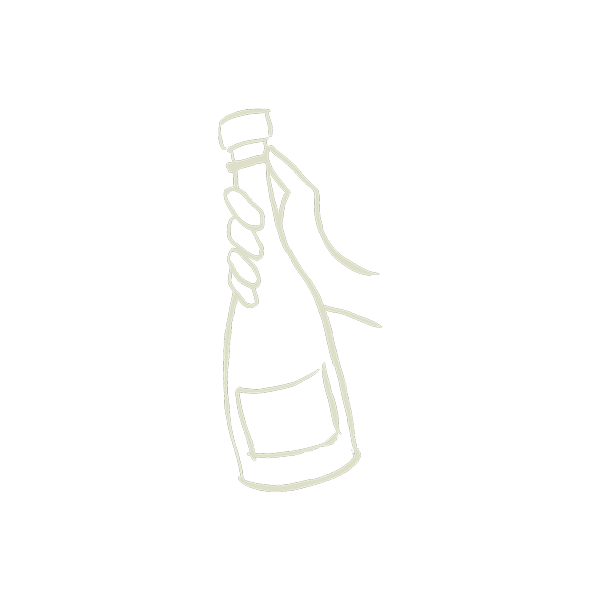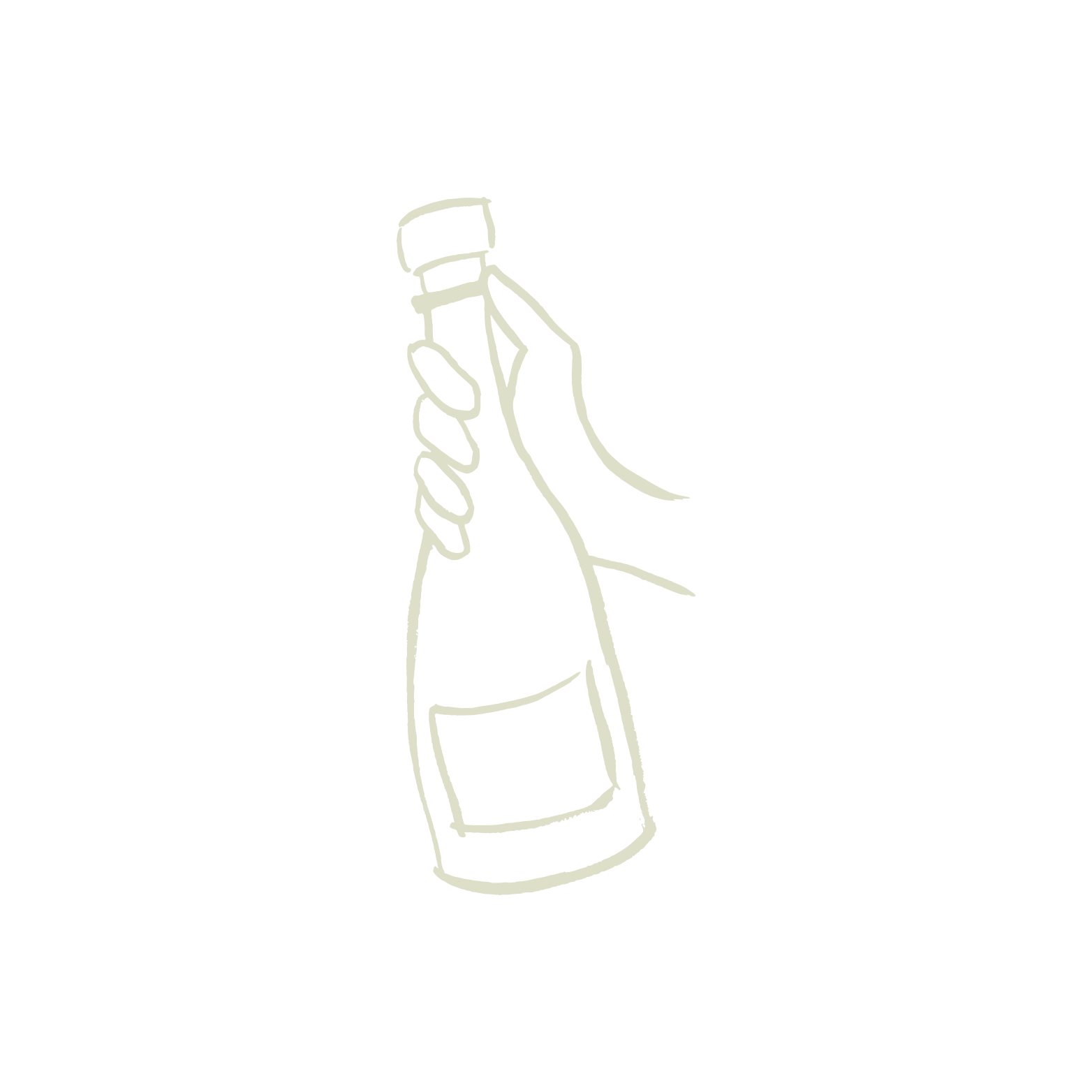Harvest in Champagne

Vive les vendanges!
The Champagne harvest is happening, and we’re all invited.
It was nearly a week into the 2022 harvest when the Redons finally came up for air long enough to let all of us here in the fatcork cave know how it’s been going — though we already had some idea about what they’d say. Sure enough, at their family domaine in the Montagne de Reims village of Trépail, “les vendanges” (French for “the harvest”) was going well, and it was an all-hands-on-deck family affair.

Adrien, head vigneron, and his brother, Hugo, transported bins teeming with full clusters of delicate chardonnay grapes from the vineyards to the press in their white Renault van. And while 18 pickers and two bucket carriers worked among the vines, Adrien and Hugo’s father, Pascal, was driving the tractor.
Amidst high expectations for this year’s harvest, the Redons and their fellow grower Champagne producers have their work cut out for them. The Comité Interprofessionnel du vin de Champagne, a trade association that represents the interests of and maintains the balance between the vignerons and the big Champagne houses, set this year’s maximum yield per hectare at 12,000 kg/ha, the highest it’s been in a decade. The generous limit will help producers make up for last year’s more modest harvest caused by a difficult growing season. The Comité also allows producers to collect more than the allotted yield to put into réserve tanks for future use in their domaine’s multivintage or non-vintage blends.
In addition to the quantity of grapes that each producer can pick, the Comité also determines when the harvest will begin. In 2022, it began on August 25, but the start date varies from year to year. As the grapes begin to ripen, the Comité samples grapes from around the region. As they inspect the fruit, they check for the rate of color change and average weight as well as sugar and acidity content. They also look out for a bacteria known as gray rot, a fast-spreading blight that can wreak havoc if it’s not vanquished quickly. The Comité uses the information it gathers to designate a two- to three-week period during which producers can pick their fruit.

Harvest with Hervieux-Dumez
Within this window, each village determines its own picking schedule based on a number of factors, including grape varietal. Villages that grow pinot meunier and pinot noir typically start earlier than villages that grow chardonnay, since the dark-skinned grapes typically develop sugar levels more quickly. Vignerons are always looking for the perfect balance of sugar and acid in their fruit.
The Comité also requires grapes to be picked by hand in whole clusters to ensure none of the reddish color or tannic coarseness of the skin, mostly from the dark-skinned grapes pinot noir and pinot meunier, make their way into the juice. Workers carefully transport the whole clusters to the press house in bins with holes that allow any incidental juice to drain out.

Picking grapes at Didier-Ducos
There is plenty of work to go around, and every year, seasonal “hordons,” French for “grape pickers,” come from the Paris suburbs and beyond to work in the vineyards during the harvest. Picking alongside the paid workers are volunteers from around the world, who trade labor for food, shelter and Champagne, of course. Vignerons’ families — from children to grandparents — also do what they can to help ensure a successful harvest.

A young hordon at Mathieu-Gandon
While our partners in Champagne are busy with vendange, our fatcork family is cheering them on and sharing their stories from our Champagne cave in Seattle. We want you to understand, as we do, that every bottle of fatcork Champagne that you pop is a celebration all its own — a bottled love note to terroir, the producer’s skill and distinct style and the many hands that helped bring those bubbles to life.
Cheers!
Team fatcork
P.S. Jet-setting journalist Ann Mah wrote about her experience volunteering for the Champagne vendange in this article for the “New York Times.” Read through to the end for her tips on joining the effort yourself.

